Two weeks after the body of an unidentified woman was discovered in a Connecticut mill pond, a cat helped police find the murder weapon in the East 40th Street apartment where the woman had been killed.
The story had everything a news editor could want for writing eye-catching headlines: murder, sex, mystery, gore, and some colorful characters, including a prostitute named Grace Carbone, a beautiful teenage girl named Turiddi, and a suspicious male boarder who may or may not have been the young girl’s lover.
Oh yes, there was also a cat named Tipsy, who had a reputation as being an expert mouser; the man she helped nab was called Salvatore “the mouse” Geracci (aka Monkey Face Suciciada). You can’t make this stuff up.
The Unidentified Body
On Saturday, November 9, the body of a woman was found in the Gilbert & Bennett mill pond in Georgetown, Connecticut. The body was wrapped in a tablecloth and a sheet, which was marked with the initials “CG” and bound in wire. There were four holes in the skull.
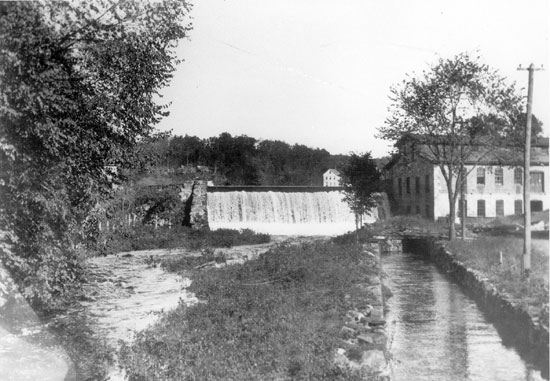
Because of the initials on the sheet, police first thought it was the body of Grace Carbone, a Connecticut prostitute who had gone missing about four weeks earlier. Grace and her friend Genevieve Cavalieri had both been scheduled to serve as witnesses at a trial of “white slavers” who operated in New Haven and Bridgeport. Police thought the woman had been killed to prevent her testimony. (The news reporters went overboard with this theory.)
Grace Carbone was also known as Nellie Carmelia and Antoinette, so the “initial theory” was just one hunch, and a weak one at that. The other hunch was that the woman had been killed somewhere near the pond. To that end, the Connecticut State Police explored every inch of ground around the pond looking for evidence of a struggle. They also canvassed the neighborhood to inquire about anyone with the initials “CG.”
The Mysterious Trunk
Things got a bit more complicated when a Ridgefield, Connecticut carpenter named Lester Olmstead found the remains of a burned trunk about a quarter mile from the Branchville train station while he was hunting in the woods. A little yellow house on a hill was just west of the discovery site. A stream that entered into the mill pond was also nearby.
All that remained of the trunk was its zinc lining and some fragments of wood. Among the cinders were a woman’s shoe, three buttons, a safety pin, some wire, and a six-inch piece of rope that matched the rope used to tie the sheet around the woman’s body. The dirt around site appeared as if someone had tried to dig a large hole and had then given up.
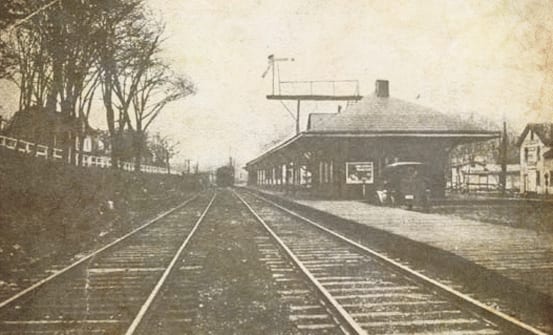
One report in The New York Times said the trunk had been shipped by express service from New York City to the Branchville train station (on today’s Metro-North’s New Haven Line). Several witnesses told police they had seen two men and a young woman wheeling the trunk on a hand cart to a little yellow house on the hill.
With this potential new evidence, Deputy Police Commissioner George Samuel Dougherty changed direction and ordered detectives to begin tracing the trunk’s point of origin. NYPD Detectives Clinton W. Wood and Ralph Mitelli from police headquarters were assigned to assist the Connecticut State Police in the investigation.
According a boarder in the yellow house, a man named Salvatore “the mouse” Geracci and two other men had carried the trunk to the house and left it in the rear yard. The man told the detectives that Salvatore had also been a boarder at the house earlier that year while he was temporarily employed as a laborer on the railroad.
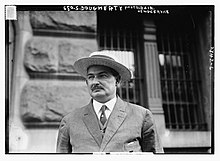
Police also found the second-hand shop owner who had sold the trunk to Salvatore. They soon discovered that the trunk had begun its journey to Connecticut at 315 East 40th Street in New York City.
Deputy Police Commissioner Dougherty changed direction again, and sent his men to the five-story brick tenement building on East 40th Street.
The Focus Turns to East 40th Street
According to the New York Tribune, when the detectives interviewed Mrs. John Preston, the housekeeper for 315 East 40th Street, she confirmed that a newlywed Italian woman named Carmelina Geracci had disappeared two weeks earlier.
Carmelina (aka Grace Scibetta) was a 40-year-old seamstress who had lived in the first-floor apartment with her 54-year-old husband; Salvatore Geracci; two male boarders (Guiseppe and Salvatore Lombardi); and a “markedly beautiful” 15-year-old girl named Turiddi Geracci (Salvatore’s daughter). Neighbors told police that the girl had also gone missing, and expressed concerns that the girl had been killed a day after her mother’s murder.
Mrs. M. Lynch, a tenant who lived across the hall from Carmelina’s flat, told police that she had heard a woman scream at 10:30 on the night before Election Day on November 5. Mrs. Francis, another tenant, concurred with that story.

At this point, police were now convinced that the murder had been committed in the New York City apartment, and not near the pond in Connecticut. They were also convinced that the unidentified body was that of Carmelina Geracci. But they still didn’t have a murder weapon.
Based on all the information they had gathered, detectives began canvassing the East 40th Street neighborhood for Salvatore and two other Italian men reportedly involved with the trunk. Apparently, some furniture from the apartment had been moved out at night and without the assistance of a moving van, so the police believed that at least one of the men was hiding nearby. To that end, the detectives focused on cheap Italian restaurants and also on the Italian ships leaving the ports.
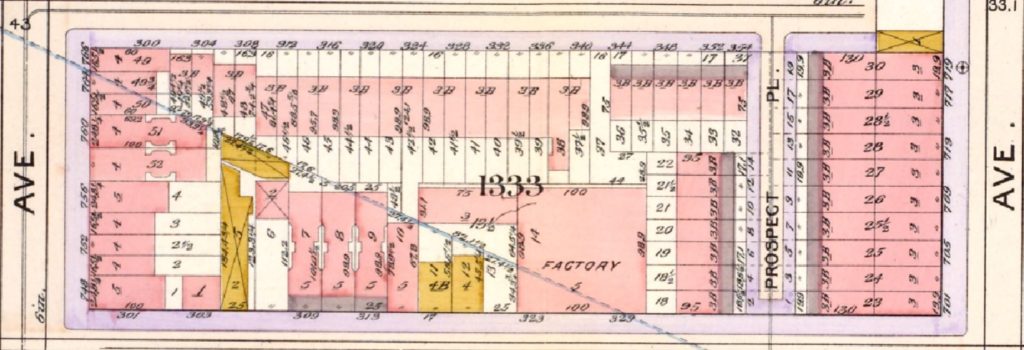
Although the main person of interest was Salvatore Geracci, the detectives also focused on a potential co-conspirator named Salvatore Lombardi, one of the boarders in the Geracci apartment.
Police also focused intently on the apartment itself, which, according to The London Observer, showed “evidences of great disorder and hasty flight.”
The detectives found stains as would be made by silver nitrate on a blood-stained mattress in the bedroom (the stains matched those on the sheet used to wrap the body). They also found dust on the sill of a rear window that was outlined in blood or some chemical, and also two clearly defined fingerprints on the edge of a closet. There were also bloodstained wire nails scattered throughout the apartment, which matched the size of the four holes in Carmelina’s skull.
Despite all this evidence, the detectives had not yet found the actual murder weapon. That discovery, it appears, would take some additional curiosity.
Meow: The Murder Weapon
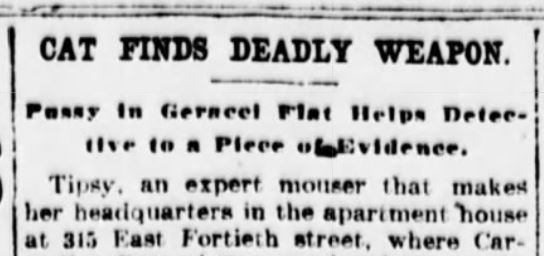
On November 18, a cat meandered into the open apartment door at 315 East 40th Street to satisfy her curiosity. The cat’s name was Tipsy, and she was reportedly the resident “expert mouser” who made her headquarters at the apartment building.
According to The Sun, Tipsy snooped around for a while and then settled down in a dark corner under the kitchen sink. Detectives tried to coax her out, but–surprise, surprise–she refused to budge. When they reached in to grab her, they discovered that she was lying next to a short-handled bludgeon.
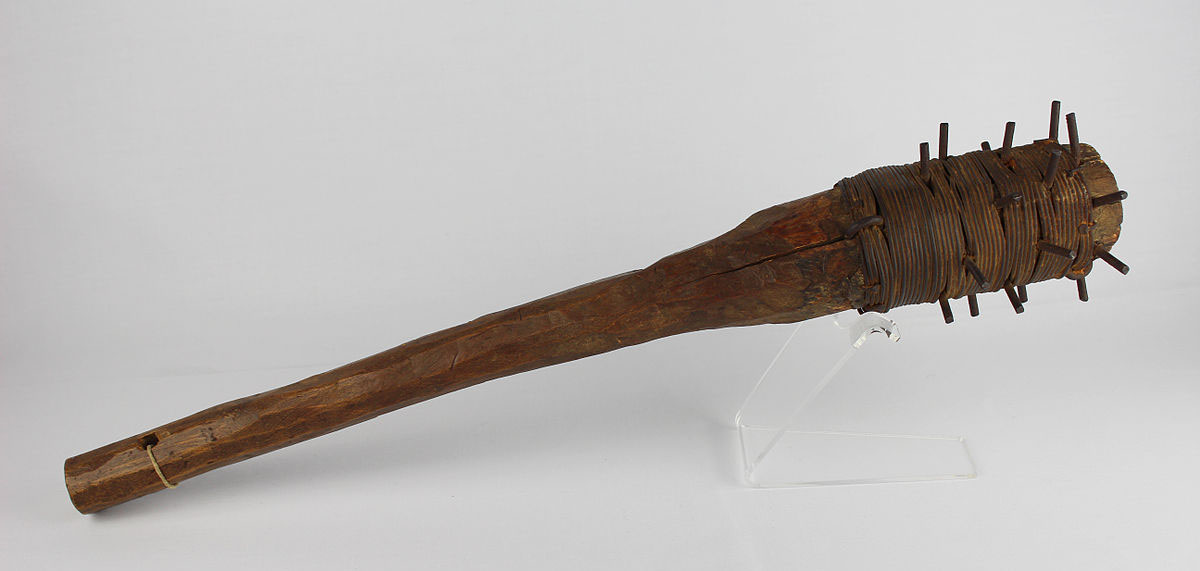
Upon examining the bludgeon, police found blood stains on the instrument. Sharp carpet tacks had been driven into the tool and had obviously been used to cause more damage and pain while striking Carmelina. Neighbors testified that Salvatore was in the habit of beating his wife, so it made sense for him to choose this type of weapon to kill her.
In addition to the fingerprints and bludgeon, police also found some charred pieces of wood in the apartment, which led them to believe that the men may have tried to burn the body before shipping it to the mill pond in Connecticut.

After Tipsy found the murder weapon, Mrs. Preston, the janitress, said she was planning on moving because she was afraid that Salvatore or his accomplices would try to blow up the building with dynamite. She said her husband, who worked in a nearby livery stable, was frightened for his family, which included eight children.
The Motive
Based on the evidence found by humans and cat, the detectives concluded that the woman’s killer used the bludgeon to drive the nails into her skull as she lay bound and gagged on the bed. But until Salvatore, their prime suspect, was caught and brought to trial, the motive remained a mystery.
One far-fetched theory was that Carmelina was killed because she threatened to share her husband’s alleged white slavery secrets, and had rejected to having Turiddi sold into the sex slave market. Another was that Salvatore had killed her in a fit of jealousy.

On or about March 25, 1913, police in Buffalo, New York, tracked down and arrested Salvatore Geracci (the shop owner who had sold the trunk to Salvatore also identified him). NYPD Detective-Sergeant Vincent De Guide traveled to Buffalo to interrogate the suspected murderer and have him extradited to Manhattan.
During a three-hour grilling, Salvatore eventually confessed to the murder (at first he denied knowing that his wife had disappeared, or that he knew that the dead woman reported in the newspapers was his wife). Finally, as one newspaper described it, “Geracci fumbled in the bosom of his soiled gray shirt. Then he drew out a little crucifix, dangling from a dirty ribbon, and pressed it to his lips.” He said, “As I kiss this cross, so will I tell the truth.”
His wife, he said, had been living the life of a prostitute and had been taunting him with her “profession.” He, his daughter, and Salvatore Lombardi held a meeting at which they all decided that she must die. So one night, after she had come home late and kicked him out of bed, Salvatore drove the nails into his wife’s brain while she slept.
“It is our law,” Salvatore told the horrified listeners at his court hearing. “I have done right.” He also said that he had wanted to go to the police and confess his crime right away, but his daughter and Lombardi convinced him to dispose of the body in the mill pond.

On Sunday, March 23, Salvatore’s daughter and Salvatore Lombardi reportedly left the apartment in Buffalo that they had been sharing with Geracci. Geracci told police that he did not know where they had gone, although police established that they had all said good-bye to each other. The New York City coroner issued warrants for their arrests.
Shortly thereafter, the Italian police arrested Salvatore Lombardi at his home in Sicily. He promptly confessed and charged that Salvatore Geracci had killed his wife.
Salvatore Geracci was held without bail until his hearing in May. He pleaded guilty to murder in the second degree and was sentenced to no less than 20 years in prison.
I do not know the fate of Turiddi, Lombardi, or Tipsy the cat. I do know that by 1929, the building at 315 East 40th Street was gone; it was demolished to make way for the large Tudor City housing complex that stands there now.




